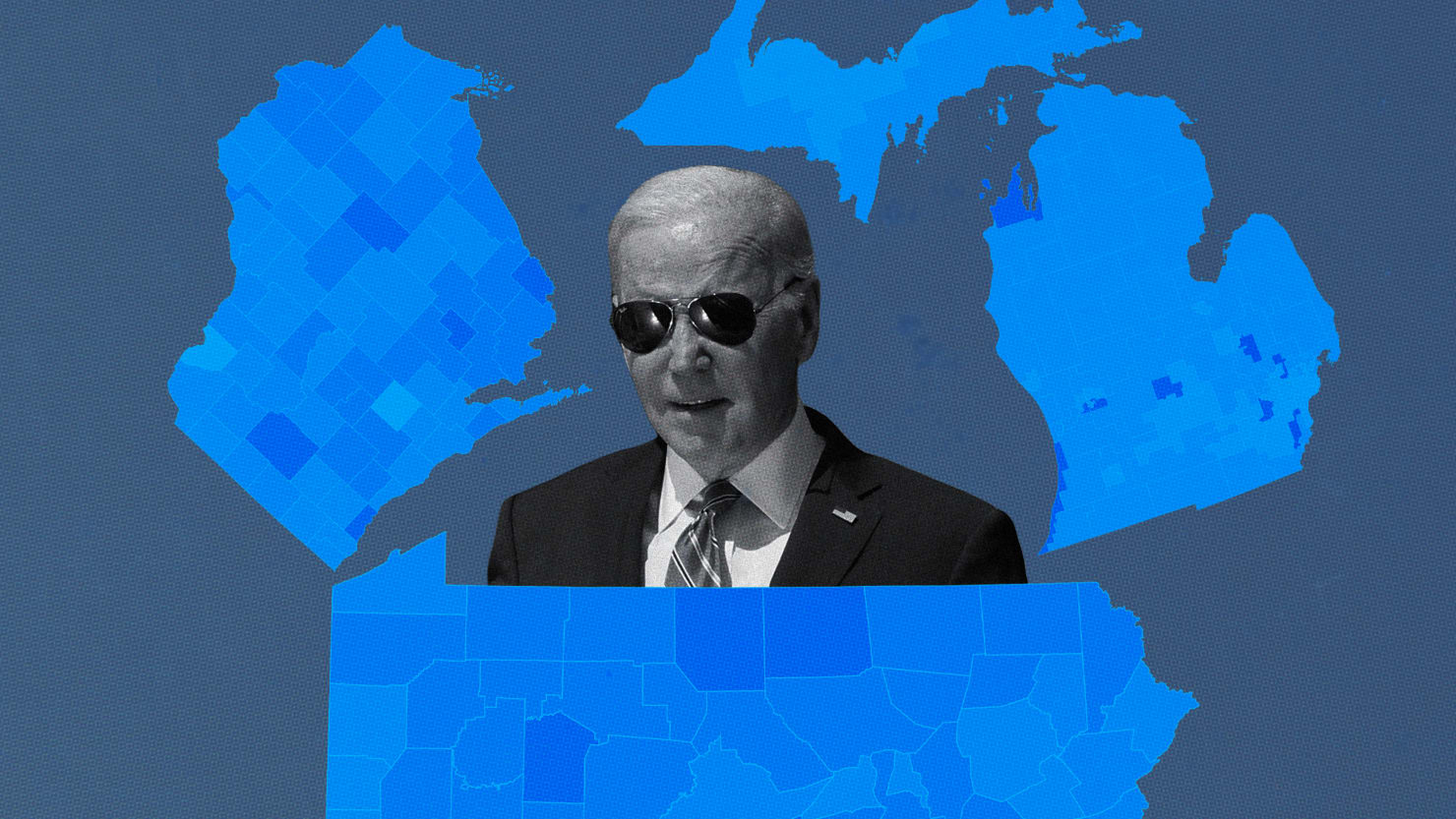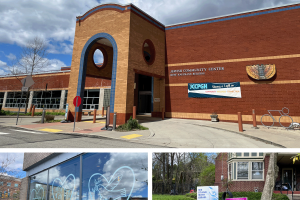President Biden’s pitch to rebuild the forgotten middle class puts him squarely on one side of a debate that has divided the Democratic Party. Is the way to win through blue-collar white America? Or can a demographically changing country elect a president with the votes of minorities, young people and single women?
Wherever you land on that question, the roadmap to victory for any Democrat relies on rebuilding the Blue Wall of three industrial states—Wisconsin, Michigan, and Pennsylvania. Together they narrowly delivered the presidency to Donald Trump, and then to Biden. The outcome of the 2024 election depends on Democrats reinforcing their hold on these working-class electorates.
Biden is betting that the way to win voters without college degrees is to deliver tangible economic benefits that improve their lives and livelihoods, and to avoid getting entangled in cultural issues.
“Tangible benefits are what people like Joe Biden do,” says Jack Pitney, Professor of Politics at Claremont McKenna College. “He’s an old fashioned lunch bucket liberal delivering real benefits to real people, and the people who benefit are not just marginalized groups. Everybody uses roads and bridges. He’s playing to strength.”
“Also, it helps that a key social issue has turned to benefit Democrats, and that’s abortion,” says Pitney. “So, he starts with the high ground on that issue, which wasn’t clear a year ago.”
Still, it’s a steep climb for a party that much of middle America thinks is too woke and catering to liberal elites. Sixty percent of Americans do not have college degrees, and these voters cast 35 percent of the votes in 2020. The proportion of these voters in the Blue Wall states is significantly higher, 56 percent in Wisconsin, 52 percent in Michigan and 45 percent in Pennsylvania, data points that bolster Biden’s call for a ”blue-collar blueprint to rebuild America.”
Will that be enough to reach these voters? There is ample evidence that cultural affinity with one or the other political party influences voting behavior. Success for the cultural left on issues of crime, immigration, policing, free speech and race and gender is “an electoral liability for the party,” writes Ruy Teixeira, a political scientist with AEI, a right-leaning think tank. “The idea that Democrats can turn up the volume on economic issues and ignore sociocultural issues when they are out of the mainstream is absurd.”
Biden will have to “scale a wall of skepticism among working class voters, but that doesn’t mean the effort is ill-conceived,” says Bill Galston, a senior fellow in the governance studies program at the Brookings Institution. “His (State of the Union) speech sent a clear signal that he is putting working class economics on the front burner without confronting or emphasizing the progress that’s been made on cultural issues.”
There will be no “Sister Souljah moment,” that’s not part of the gameplan, Galston added, referring to Bill Clinton challenging the cultural left in 1992 by repudiating a young rapper’s violent lyrics.
Biden isn’t looking to pick a fight with the Democratic left to prove his bona fides with the mainstream. Amazingly, in a party that can sometimes be its own worst enemy, there is notable unity and message discipline. It’s almost as though the better-than-expected midterms followed by Biden’s rousing SOU have convinced Democrats Biden must have superpowers.
Re-enforcing the Blue Wall is not just a magnanimous thing to do, it’s essential if the Democrats are to retain power. The numbers don’t lie. According to Pew Research Center polls, Hillary Clinton won just 28 percent of the white working-class vote in 2016. Biden boosted that number to a still anemic 33 percent, “not good enough to have a reliable national majority, and certainly not enough in the Electoral College,” says Galston.
Jim Kessler with Third Way, a centrist progressive group, says Biden “should keep going to the border and keep talking about safer streets and better policing,” messages that let voters know that he gets their concerns. The right-wing outrage over the government potentially banning gas stoves “stuck because it sounds like something a Democrat might do,” says Kessler.
It’s been more than half a century since Democrats enjoyed a solid majority among working class voters. Vietnam War protests pitted college students against blue-collar cops, a contrast that helped the GOP and elected Richard Nixon. The departure of blue-collar voters from the Democrats accelerated under Ronald Reagan with the phenomenon of Reagan Democrats.
Democratic pollster Stanley Greenberg made his name studying these voters in Macomb County, Michigan. They were motivated then as they are today as much by grievances and racial animus as economic forces of globalization that they blame for destroying their way of life. Reached by e-mail, Greenberg told the Daily Beast that he cheers what Biden is attempting to do and that progressives are onboard. “It is not a choice any more because the diverse and millennial base of the party prioritizes economic issues over cultural ones.”
The problem, as he sees it, is that the economy isn’t working for everybody, and pay hasn’t kept up. “When you have hyper-inflation, you can’t change the subject, particularly for the Democrats’ base.”
But Biden can point to concrete projects that are creating jobs, and he can potentially win over enough voters who see that government can work to let him “finish the job,” as he proposed in his State of the Union speech.






